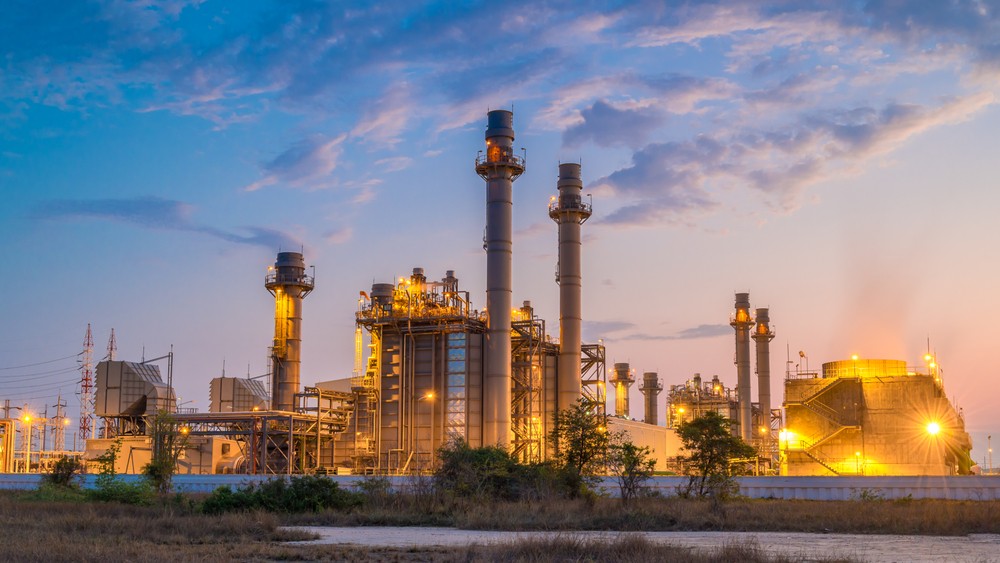Is Net-Zero Emissions a Possibility for Manufacturing?

These days, everyone has joined the fight against climate change — none with more urgency than manufacturers. Producers big and small understand their role in promoting environmental sustainability, and it often starts by looking at emissions.
When talking about emissions, one might easily picture large smokestacks and effluent outflows from factories, but we’ve come a long way from the pollutive practices of a bygone era in manufacturing. Today, many manufacturers are striving toward aggressive sustainability goals — including net-zero emissions. Their efforts are already shaping the future of manufacturing and its environmental impact.
Understanding the scope of emission reduction
Manufacturers around the world are answering the call to adopt sustainable processes that reduce emissions and contribute to a healthier planet. Appreciating their efforts means contextualizing emissions and sustainability goals in terms that many people are increasingly familiar with:
- Carbon neutral. For manufacturers looking to reduce their emissions, the first step is to become carbon neutral. This means any activities that release carbon dioxide into the atmosphere are balanced by the amount removed. Aggregate output is zero by way of reducing as much as you produce.
- Net-zero. This term refers to any activity that releases zero carbon emissions into the atmosphere. It differs from carbon neutral in that there’s no balancing of emissions. Rather, it’s a commitment to zero output.
- Carbon negative. Carbon-negative activities go beyond achieving net-zero carbon emissions. They remove carbon dioxide from the atmosphere to deliver a positive environmental benefit. Companies must be carbon neutral, with net-zero activities, before they can become carbon negative.

Achieving net-zero in manufacturing
Today’s manufacturers have a duty to work toward a greener future, and it starts with bringing carbon emissions to net-zero. From an industrial standpoint, this effort means looking closely at all facets of our production economy — what McKinsey calls the “nine key sectors.” McKinsey argues that simple action will spur beneficial multiplicities where sectors overlap.
From a manufacturing standpoint, it’s crucial to begin adopting sustainable initiatives at every phase of the value stream. For example, making energy efficiency improvements on the factory floor, especially when it comes to heating and cooling, can minimize energy usage and reduce carbon emissions substantially. Moreover, sourcing reclaimed materials helps promote a more circular economy, just as shipping through electric fleets reduces carbon output.
One change begets another, which begets another, culminating in net-zero emissions.

Forging a greener manufacturing future
The future of manufacturing must be sustainable, and adopting practices that reduce — and, ideally, eliminate — carbon emissions isn’t just good for the environment. Manufacturers can enjoy immediate benefits, increasing operational efficiency to save on energy and production costs while reducing waste.
As companies establish their reputation for responsibility and good stewardship, they can create the most valuable result of all: a better brand identity and stronger customer relationships.
